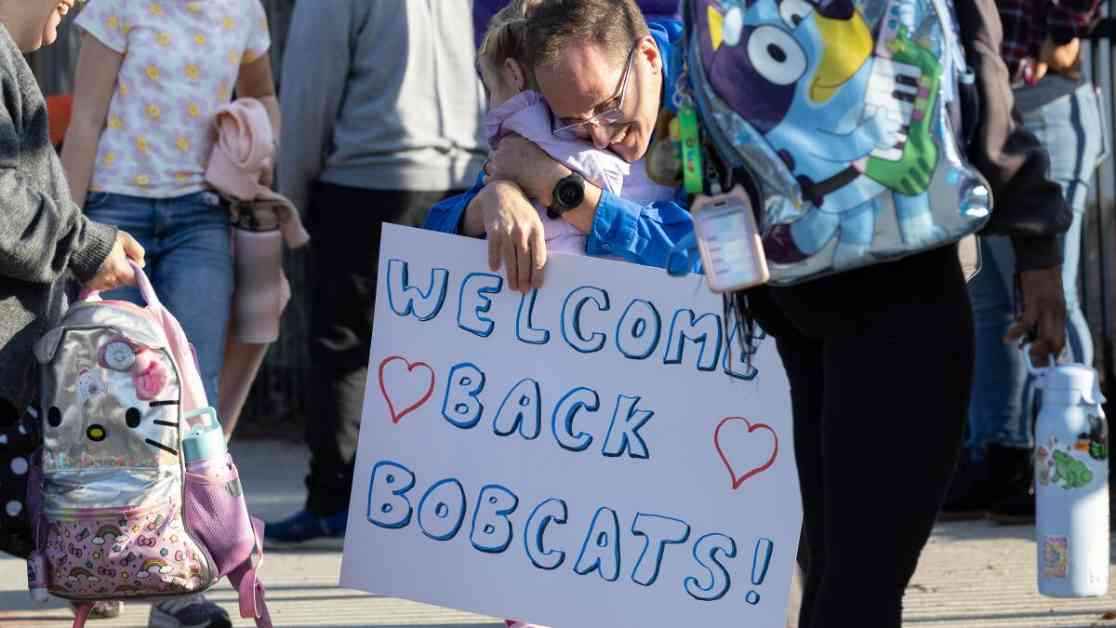Summary:
The article delves into the safety concerns surrounding schools near fire zones in Altadena, Pasadena, and Pacific Palisades following the devastating Eaton and Palisades fires. Parents, like Chris Dennis, are worried about the health implications of sending their children back to schools that have been exposed to potentially toxic smoke, debris, and ash. While officials have assured parents that schools have been cleaned and are safe, concerns persist. The article highlights the challenges faced by schools near fire zones, the lack of standardized reopening protocols, and expert opinions on the cleaning process post-fire.
Parents’ Safety Concerns
Chris Dennis, a parent whose family home was destroyed in the Eaton fire, expressed his apprehension about sending his son back to Odyssey Charter School, as it is near the burn zone. Concerns about the scope of cleanup efforts and the results of environmental tests have left many parents questioning the safety of schools in the aftermath of the fires. Despite officials’ assurances, parents remain wary of the potential health risks for their children.
Expert Insights and Cleanup Protocols
Experts weigh in on the challenges of cleaning schools after a fire, emphasizing the need for thorough assessments due to the toxicity and scale of recent fires in the area. Dawn Bolstad-Johnson, an industrial hygienist, points out the risks posed by suspended particles that can be inhaled. While guidelines exist for cleaning schools post-fire, some experts believe that a higher standard of care is necessary given the nature of the materials burned in the fires.
Dr. Lisa Patel, an expert in climate and health, suggests practical accommodations to protect children, such as bringing extra clothes to school to avoid exposure to ash. The lack of standardized processes for reopening schools has left parents confused and anxious, with some opting to keep their children at home or transfer them to other schools. The article sheds light on the challenges faced by schools near fire zones in ensuring the safety of students amidst the aftermath of devastating fires.
The article paints a vivid picture of the struggles faced by parents and school officials in navigating the delicate balance between safety and education in the wake of natural disasters. The humanizing anecdotes and expert insights provide a comprehensive view of the complex issues surrounding school safety near fire zones. As communities work towards recovery, the safety and well-being of children remain a top priority.


